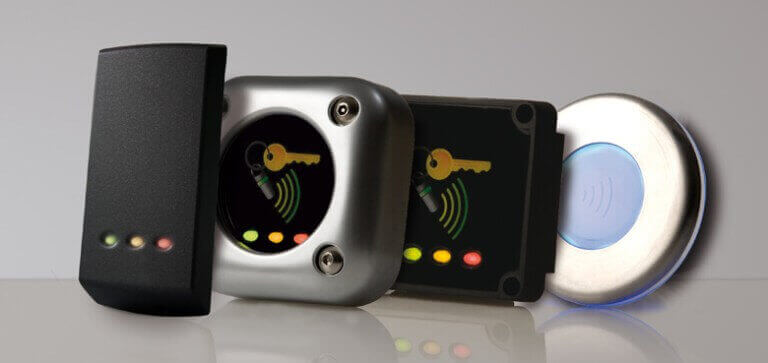Access control is a security measure that regulates who is allowed to enter a specific area or access specific information. It is a crucial aspect of security for businesses, government buildings, and other facilities that need to protect sensitive information or assets. There are several types of access control systems, each with its own unique features and advantages.
One of the most basic types of access control is the use of mechanical locks and keys. This system utilizes a physical key that must be inserted into a lock to open a door or access a specific area. While this method is simple and inexpensive, it has several drawbacks, such as the potential for lost or stolen keys and the need to manually change locks and reissue keys when an employee or tenant leaves the organization.
Another type of access control is the use of proximity cards or key fobs. This system utilizes a card or fob that must be presented to a reader to gain access. Proximity cards and key fobs work on a radio frequency identification (RFID) system, which allows the card or fob to communicate with a reader without the need for physical contact. This system is more secure than mechanical locks and keys, but it is still vulnerable to hacking and other forms of malicious attacks.
A more advanced type of access control system is the use of biometrics. Biometric systems use unique physical characteristics such as fingerprints, facial recognition, or iris scans to identify individuals and grant access. This system is more secure than proximity cards or key fobs, as it is much more difficult to replicate or steal someone’s biometric information. However, biometric systems can be expensive to install and maintain.
Another advanced type of access control is the use of smart cards, which are similar to proximity cards but they have an integrated chip that can store a lot more information like personal identification numbers (PINs), digital certificates, and other sensitive data. Smart cards are often used in government and financial institutions, it is also used in large-scale enterprise environments.
Finally, there are software-based access control systems that use software to manage access and permissions. These systems are often integrated with other security measures such as firewalls and intrusion detection systems. This system is flexible, scalable, and can be easily customized to meet the unique needs of an organization.
In conclusion, there are several types of access control systems available, each with its own unique features and advantages. The best system for a particular organization will depend on its specific needs and budget. Factors to consider include the level of security required, the size of the organization, and the specific areas or information that need to be protected.
If you would like liquidvideotechnologies.com to discuss developing your Home Security System, Networking, Access Control, Fire, IT consultant, or PCI Compliance, please do not hesitate to call us at 864-859-9848 or you can email us at deveren@liquidvideotechnologies.com.


Recent Comments